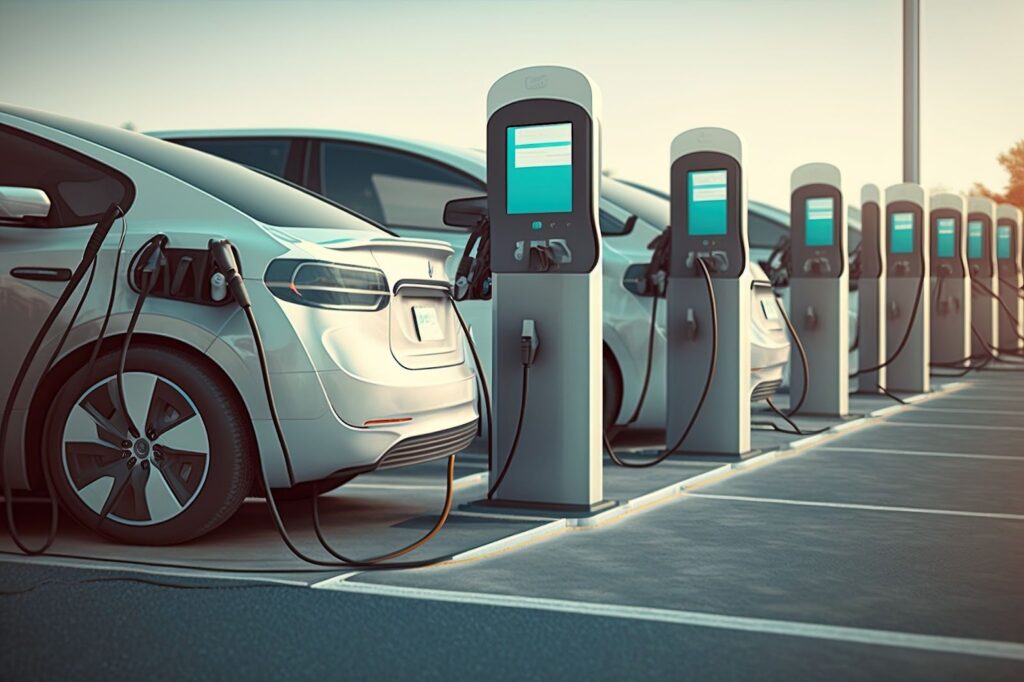
Given more electric vehicles make their way on UK roads, knowing how to use charging stations properly becomes very vital. These charging stations represent a shift for many new EV users towards a more sustainable form of mobility instead of only fuelling up. Along with this shift, however, comes the requirement to adhere to particular best practices and seize EV government grants and incentives. This website aims to give a comprehensive advice on the do’s and don’ts of utilising electric car charging stations, thus maximising the longevity and efficiency of your EV’s battery and so help the network. From understanding suitable charging station etiquette to appreciating the many ways of charging available. This short eHGV guide from ElectrAssure Commercial Ev Charging Company will include everything you need to ensure a flawless transition to ownership of electric vehicles.
Identifying Electric Vehicle Charging Stations
The facilities for charging electric automobiles determine both their popularity and utility. They have many different forms, each appropriate for a certain need and context. Here is details on the many types of charging stations spread around the United Kingdom:
Various kinds of charging stations
Usually running up to 3kW, slow charging stations are ideal for overnight household use.
An electric car may be charged in 4-6 hours using speeds between 7kW and 22kW.
Powered most EVs to roughly 80% in 30 to 60 minutes by fastest sort, rated above 43kW, quick charging stations.
Searching for charging stations
It is becoming easier to locate a charging station in the UK as networks expand. Apps and websites as Zap-Map, PlugShare, and Charge Map provide comprehensive maps and user reviews to identify neighbouring charging sources.
Do’s for charging stations:
Using electric car charging stations helps to ensure respect of other users and effectiveness according to top standards. Important recommendations include:
See manufacturer guidelines for charging.
Show excellent etiquette; once charged, detach and drive your automobile.
Choose a suitable plug and ensure the connection is tight.
Keeping a neat charging area will enable you to monitor your development.
Don’t’s regarding the use of charging stations:
Avoid frequent errors to enhance your charging experience:
Avoid charging at busiest times to help to ease grid load.
Never forbid facilities charging non-electric vehicles.
Avoid leaving your car alone for long periods of time at public stations.
Use just rebuilt charging equipment; report any defects immediately away.
Safety Guideline and Maintenance Notes for Charging Stations
At charging stations, safety has to be kept absolutely:
usually keep both public and personal charging stations open.
Be careful with charging tools and pay close attention when charging.
Establish the conditions fit for maximum charging and extended battery life.
Charge carefully under rather severe conditions.
Prospect of Electric Car Charging in the United Kingdom
The future appears bright with technical and infrastructure improvements:
New ideas like ultra-fast charging and smart technologies will increase efficiency.
The nationwide charging network will enable stations to be more accessible.
Government actions will maintain supporting the shift to electric vehicles.
Adopting good practices for electric car charging will contribute to a sustainable future.
As the UK continues towards electric automobiles, the requirement of suitable charging station behaviour cannot be underlined. Following the suggestions will not only enhance the personal experience of EV users but also contribute to build a sustainable and efficient transportation environment. The future of EV charging is bright; however, by following these practices, owners of EVs may ensure a favourable change to electric transportation.
